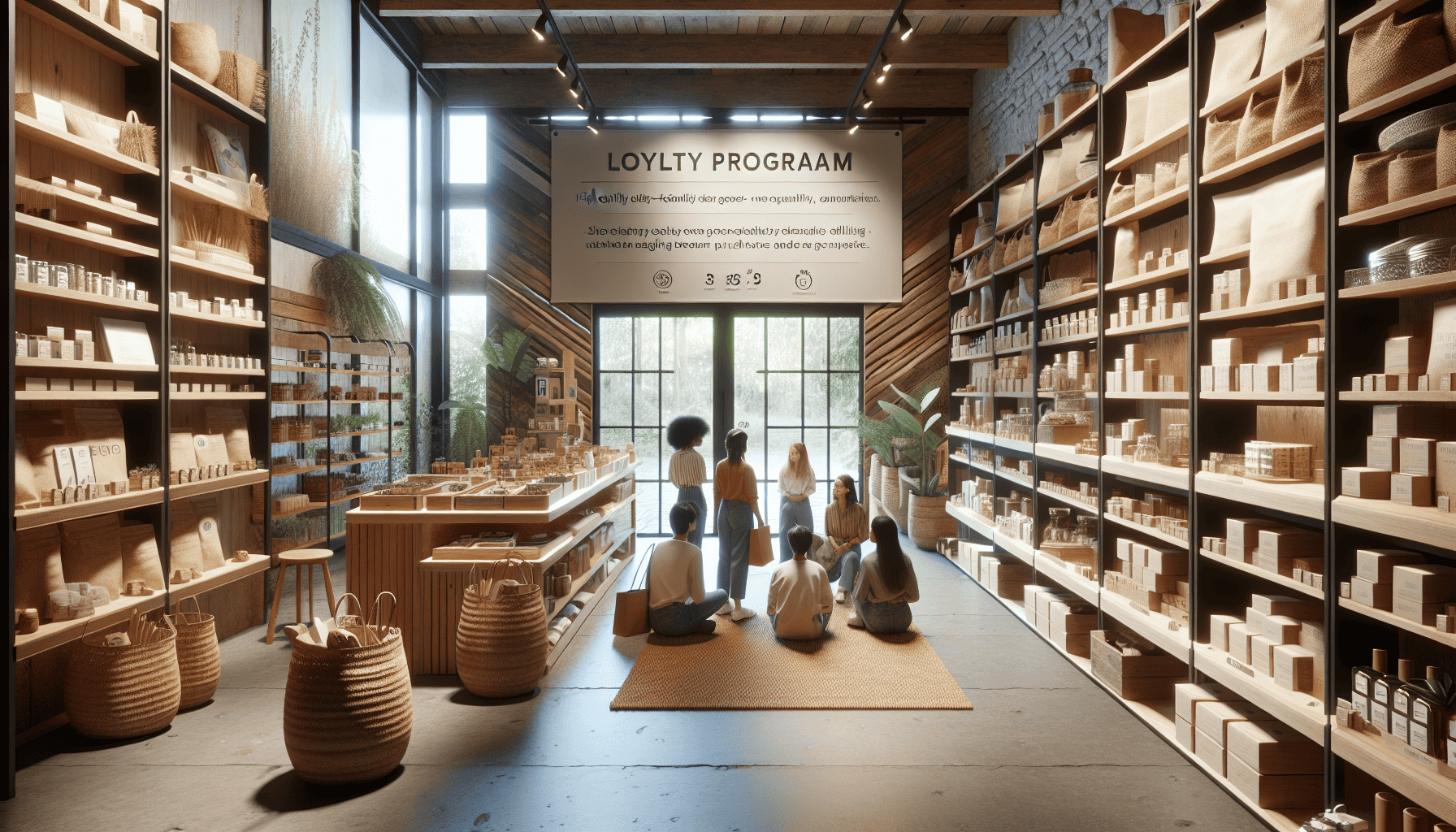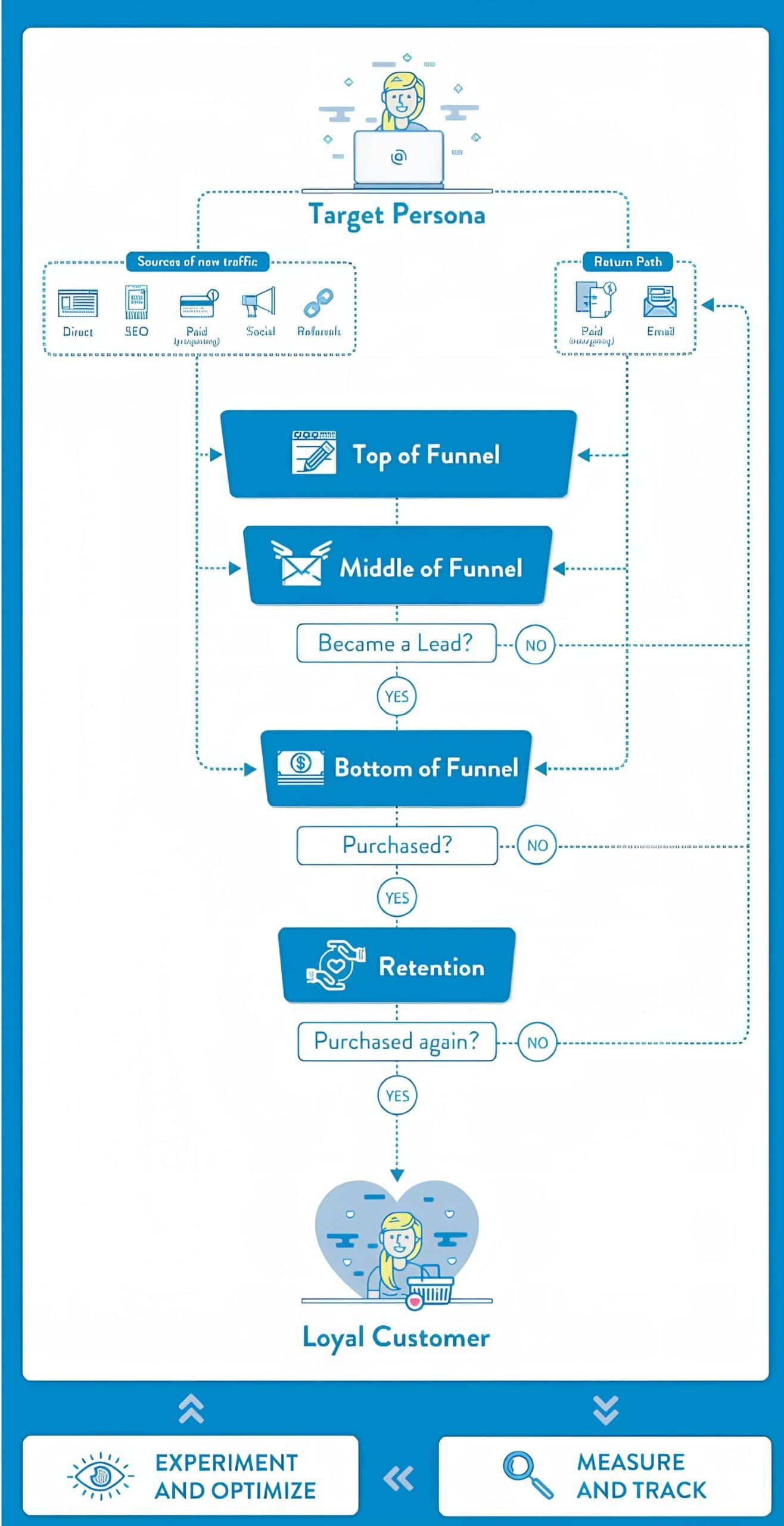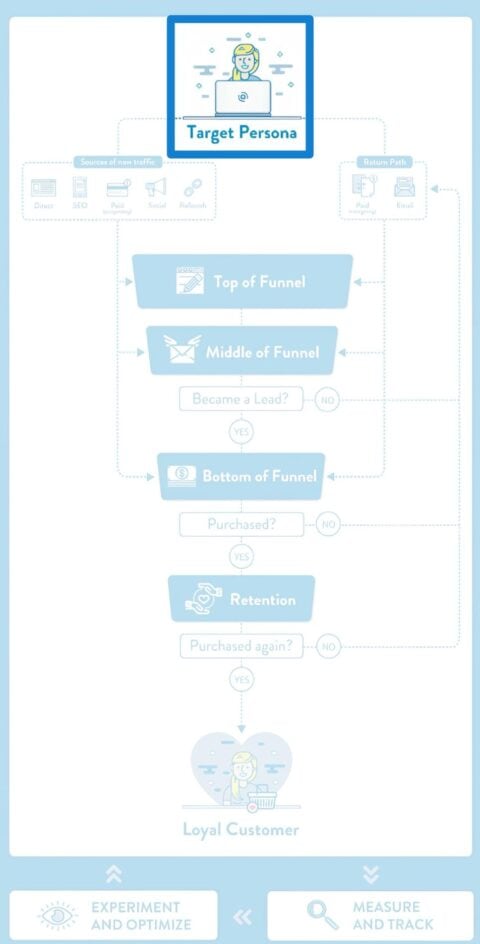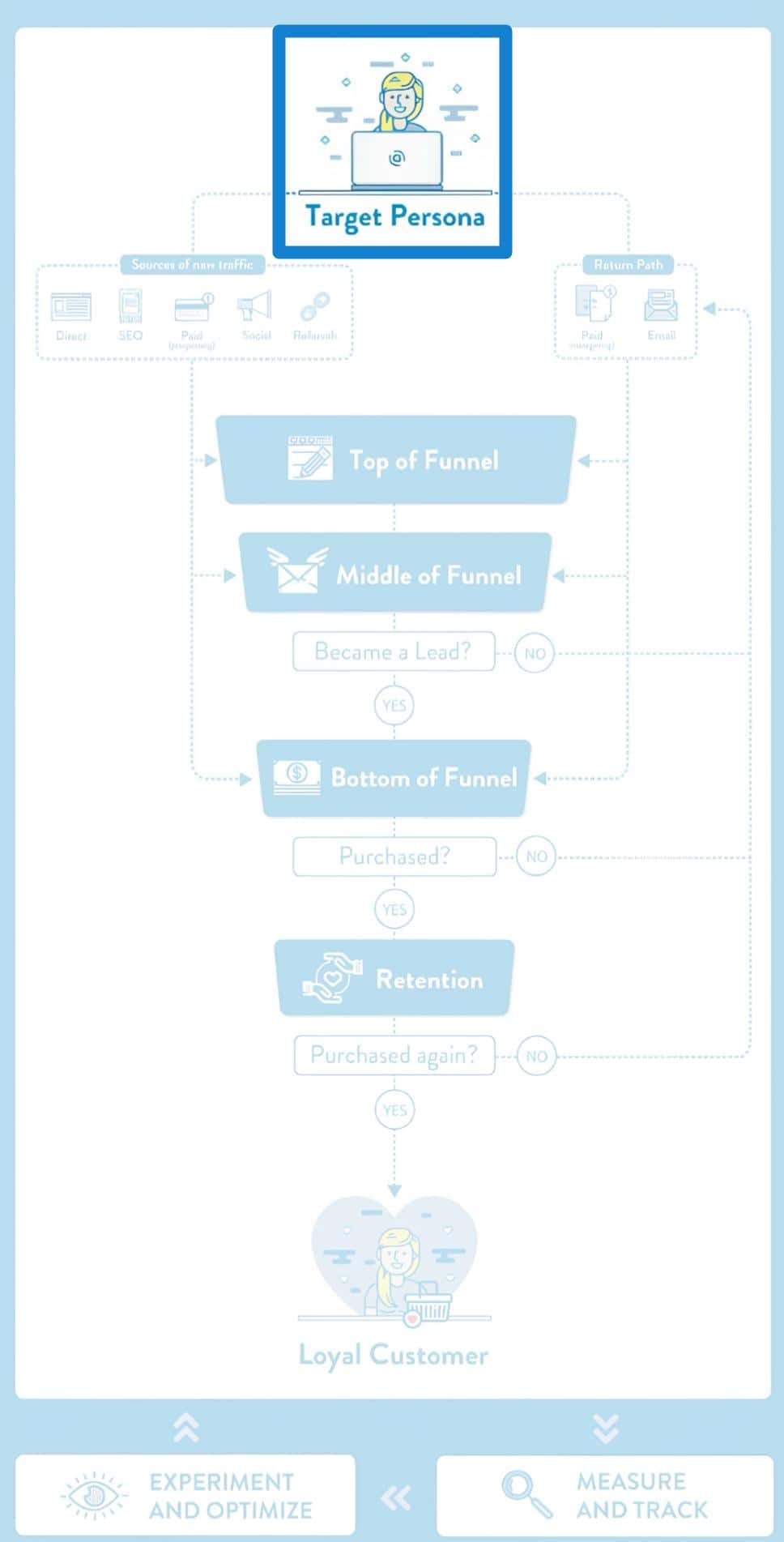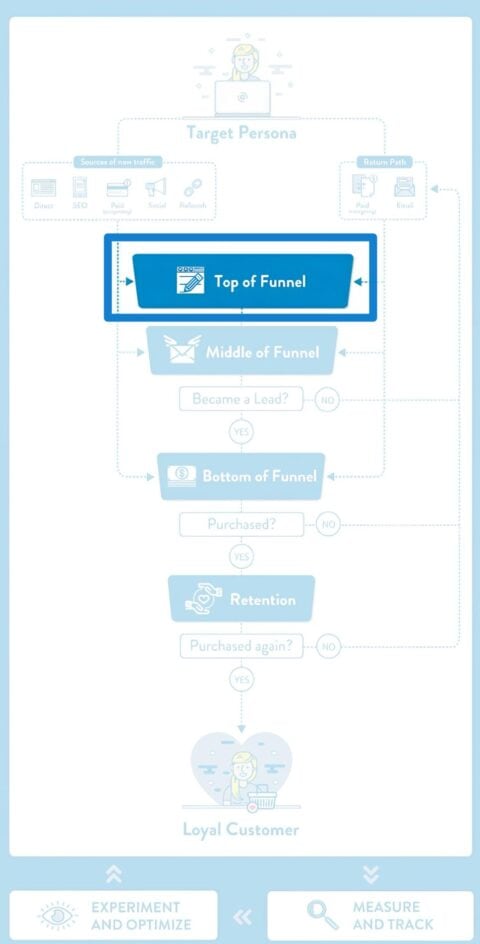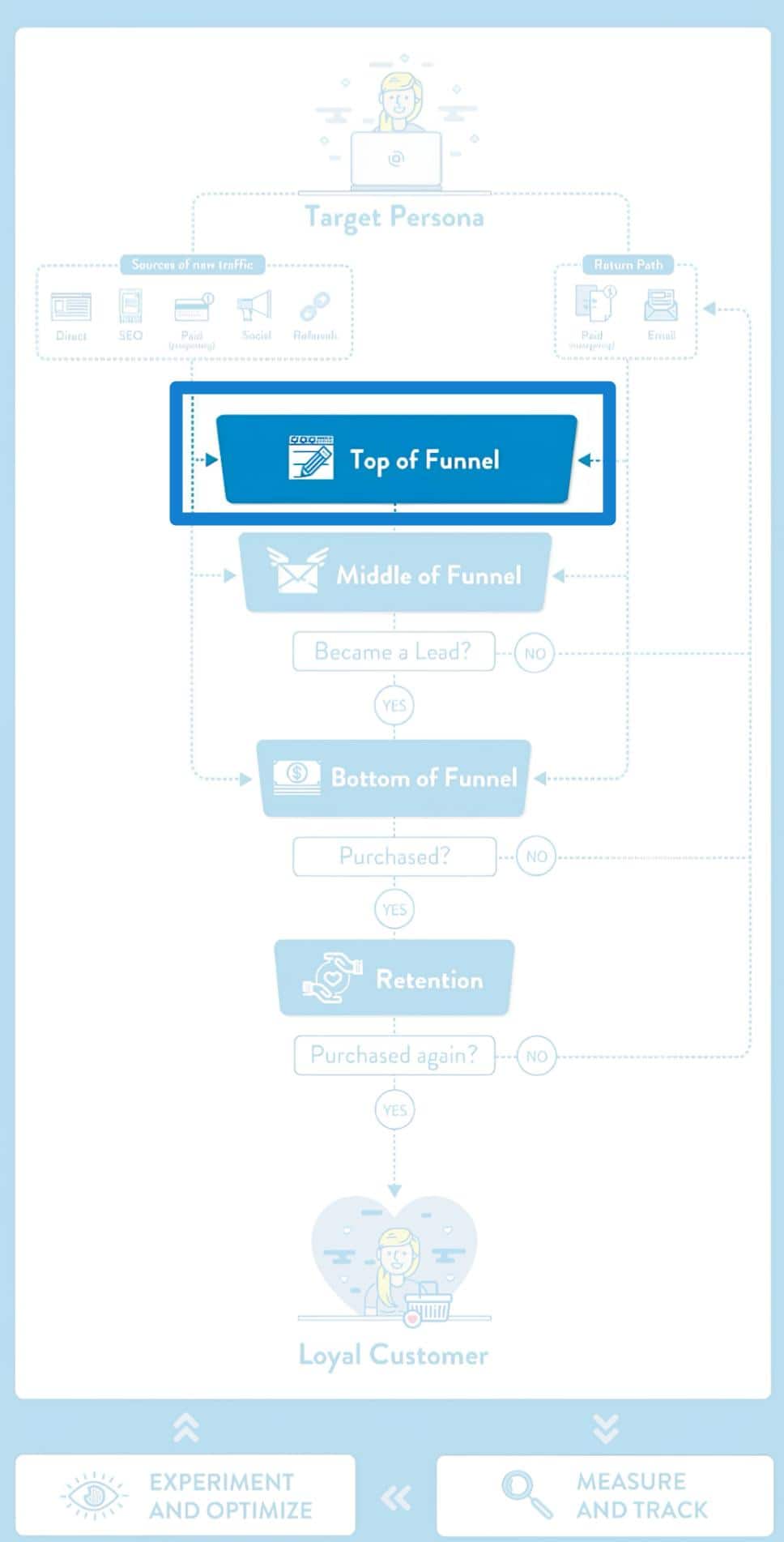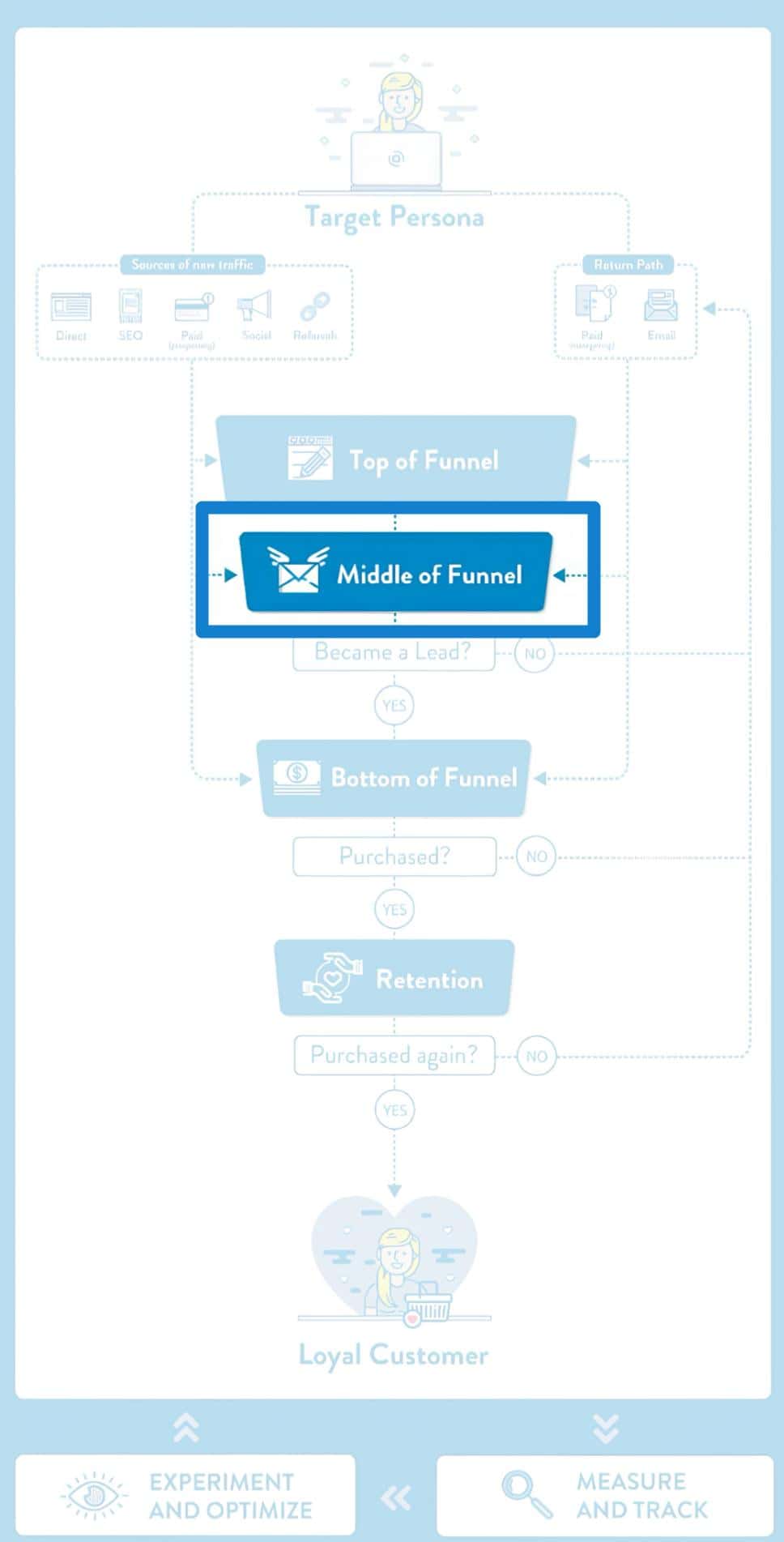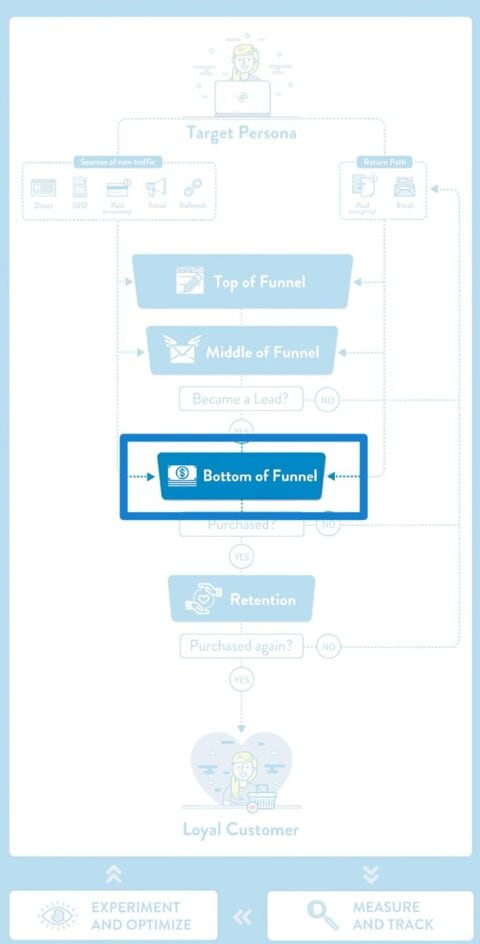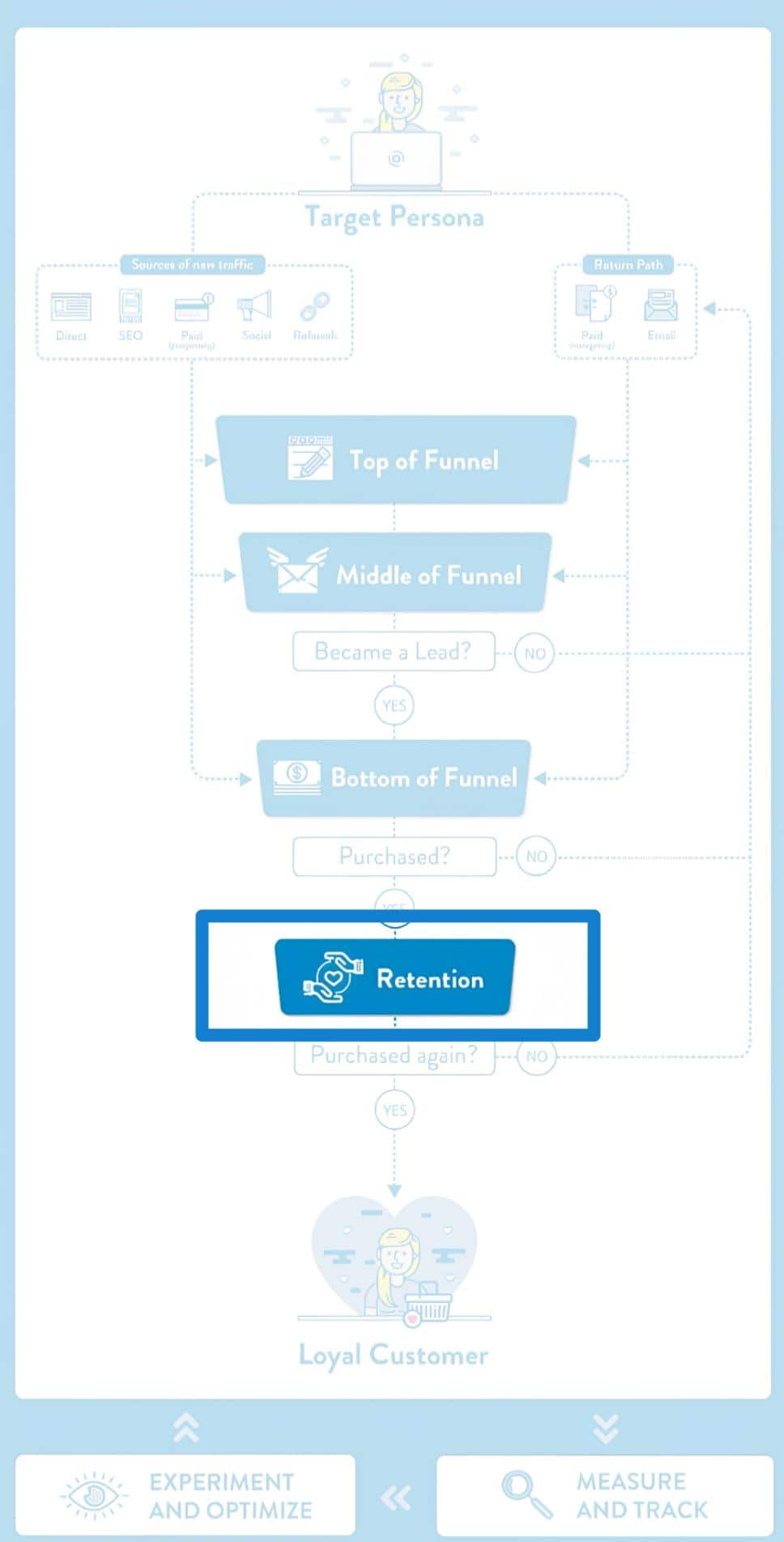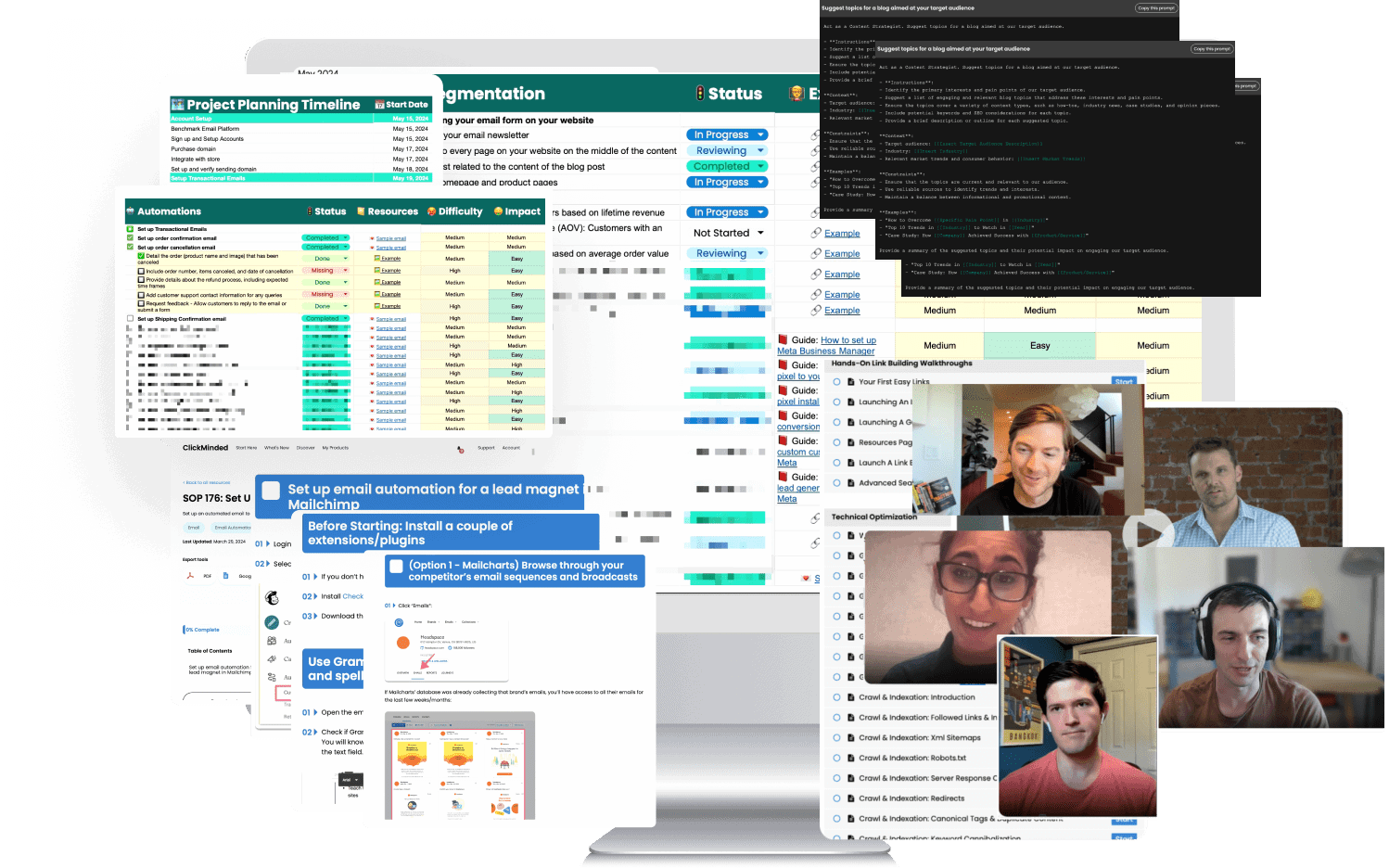📈
Your Goal at the Retention Stage: Increase Lifetime Value
In the retention stage, your marketing persona is already a customer of your product. Your objective is to increase the value you can extract from them directly by generating repeat purchases, upsells, or reducing churn; or indirectly by improving brand image or promoting referrals.
📝
Content Marketing
The objective of the content you'll create at the retention stage is to keep your existing customers happy by providing ongoing value (even after purchasing.)
Content ideas:
Monthly educational workshop on topics related to sustainable living, encouraging customers to continue learning and engaging with the community.
Newsletter featuring success stories from Eco-friendly Ella and Sustainable Sam, highlighting their journeys and eco-friendly swaps they've made.
Blog post: 'Top 5 Tips for Keeping Your Eco-Friendly Products Forever' focusing on maintenance and care, which enhances customer satisfaction.
Social media campaign spotlighting loyalty program benefits and exclusive member-only eco-friendly products.
Interactive content like quizzes or fun challenges related to sustainability that encourages participation and sharing among customers.
What to measure:
Engagement rates on newsletters
Time spent on retention-related content
🔎
SEO
At the bottom of the funnel, you'll want to make sure your marketing persona can find all the information she needs to get the most of your product (e.g. knowledge base articles), or to solve any problems that may arise (e.g. support/contact page.)
Keyword ideas:
Eco-friendly product maintenance tips
Longevity of eco-friendly products
Sustainability workshops near me
Benefits of loyalty programs for eco-friendly shopping
How to connect with other eco-conscious consumers
Eco-living community support
Customer service excellence in eco-friendly stores
Affordable sustainable lifestyle tips
Where to find sustainably sourced home goods
Best eco-friendly practices for new purchases
What to measure:
Organic traffic to retention content
Keyword rankings for loyalty-related searches
Visitor engagement on eco-friendly maintenance tips
🎯
Paid Advertising
At this stage of the funnel, you might choose to be run campaigns promoting of new features, upgrades, or promotions.
Target audience ideas:
[Remarketing] Facebook Ads: Target previous customers who engaged with loyalty program promotions but haven't returned for new purchases.
[Remarketing] Google Ads: Show ads to past customers promoting upcoming workshops or seasonal collections focused on sustainability.
[Remarketing] Instagram Ads: Promote testimonials from Eco-friendly Ella and Sustainable Sam showcasing their continued support for the brand.
[Prospecting] YouTube Ads: Target users similar to previous customers with videos about maintaining eco-friendly products and sustainability benefits.
[Remarketing] LinkedIn Ads: Engage professionals who previously showed interest with eco-living events and product updates.
What to measure:
Return on ad spend (ROAS)
Click-through rates on retargeting ads
Conversion rates on promotional campaigns
📱
Social Media
Retention campaigns on social media revolve around building a sense of community with your existing customers. You'll do a lot of monitoring of brand mentions on social media.
Social media campaign ideas:
Run a social media challenge encouraging users to showcase their eco-friendly lifestyles and share their experiences with your products.
Monitor social media for mentions of your brand and ensure engagement and support is provided promptly to foster community trust.
Share user-generated content where customers display their eco-friendly purchases at home, creating a relatable brand image.
Create a series of posts or videos where team members discuss their personal commitments to sustainability and engage customers to join in.
Highlight spotlights on loyal customers who have made an impact, showing the human side of your brand.
What to measure:
Engagement rates on user-generated content
Mentions of the brand in social conversations
Growth of community interactions
📧
Email Marketing
Retention email campaigns will be a mix of educational emails (onboarding, activation, etc), transactional emails (reports, receipts, reminders, etc), and promotional emails (upgrades, upsells, etc.)
Email marketing campaign ideas:
Monthly performance report email sent to loyalty program members detailing purchases, rewards earned, and tips for maximizing sustainability.
Follow-up email series celebrating customer anniversaries with personalized offers based on purchase history.
Exclusive invitations to eco-living workshops and events tailored specifically for repeat customers, enhancing their community involvement.
Emails featuring curated collection updates or limited-time offers available only for loyalty program members.
Personalized tips and tricks email series based on previous purchases to help customers make the most of their eco-friendly products.
What to measure:
Open rates on loyalty program emails
Participation rates in workshops via email invitations
Redemption rates on anniversary offers
🧪
Marketing Experiments
Your retention experiments will have the objective of maximizing lifetime value of existing customers.
Experiment ideas:
A/B test different loyalty program structures to determine what incentivizes repeat purchases most effectively.
Experiment with the frequency of email communications to find the optimal cadence that maintains interest without causing fatigue.
Test variations in post-purchase follow-up methods (educational vs. promotional) to see which leads to higher repeat purchase rates.
Run split tests on landing pages for eco-living workshops to see which elements yield more audience registrations and involvement.
Evaluate incentive-based prompts at checkout to encourage sign-up for the loyalty program, testing placement and messaging.
What to measure:
Conversion rate on loyalty program sign-ups
Signup engagement rates during A/B testing
Repeat purchase increase from email follow-ups
